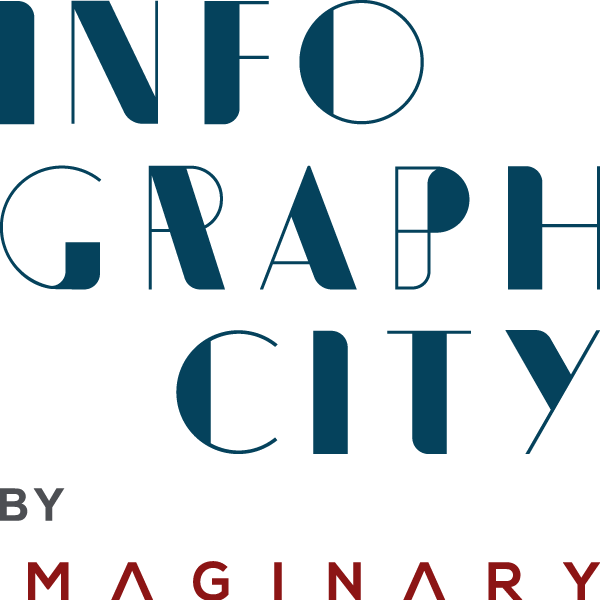
If you’re going to present anything, it’s likely to be a significant piece of information that deserves more than a few sentences. If you want to make your audience take in what you have to say, and not just hear about it, you need to use some Visual Presentation Skills. PowerPoint Designer Find Content: How To Find Content For Your Presentation
Keep track of your research
Whatever you do, don’t try to write a presentation on a couple of days’ notice. This is a sure-fire way to produce a sloppy and unfocused piece of content. But, don’t let the fact that you’re producing content for a business meeting stop you from keeping a diary. If you’re planning a talk, it’s essential that you keep notes on your research. This will help you to make sure that you don’t forget anything, or find that you’re relying on information that’s out of date. Not only will keeping track of your research help to ensure that you don’t produce a boring talk, but it will ensure that you don’t produce content that’s inaccurate or out of date.
Research is essential to finding the right content
There’s no way around it, research is essential to finding the right content for your presentation. You’ll need to do some reading. You’ll need to do some searching on the web. You’ll need to read some books, and articles. You’ll even need to go to some talks, and watch some videos. All of these activities are essential if you want to find the right content for your presentation. Without research, and the right content, your presentation will be bland and uninteresting. There are many ways to do research. You can use books, articles online, and some talks. When you’re getting ready to create your content, try to keep in mind what methods you are planning to use during your research.
Always plan ahead
As a general rule, your content should be at least 50% of the length of your talk. If you try to cram too much into one presentation, you risk it being too long and confusing. You also risk losing interest from your audience. You can’t just throw out facts, figures, and figures and expect them to stick in the minds of your audience. Instead, you need to link these facts, figures, and figures to the things your audience care about. You can do this by using examples and analogies. If, for example, you were talking about the benefits of recycling, you could talk about how recycling helps prevent waste and pollution. You could also talk about the economic benefits of recycling, such as jobs created by recycling.
Ask yourself why you’re writing this presentation
One of the best ways to find the right content for your presentation is to step back and ask yourself why you’re creating this content in the first place. If you’re delivering a sales pitch, for example, you’ll need to think about why you’re selling anything. If your audience wants to learn how to get rich, you’ll need to think about why they want this information. If your audience is concerned about climate change, or pollution, you’ll need to keep these issues in mind when you’re planning your content. If there are any problems that your content might solve, or any issues that your audience cares about, you’ll find the right content much easier.
Don’t forget offline sources
When you’re doing your research, it’s important to keep an open mind. You might think that all your research must come from the web, but you need to remember that there are offline sources as well. Books, magazines, newspapers, and other forms of writing can be just as valuable as their online equivalents, and you might find something in one of these sources that you can use in your presentation. Look in the library, and in your own bookshelves and drawers, for examples of good content. You can also look online, in newspapers and magazines, for examples of good content. If you see something in print, or online, that you can use in your presentation, take it.
Summing up
When you’re creating content for a presentation, you need to keep everything in mind. You need to think about why you’re writing this presentation. You need to keep track of your research. You need to plan ahead. You need to think about the issues that your audience cares about, and you need to keep an open mind when researching. When you do these things, you’ll be able to find the right content for your presentation, and produce a powerful piece of content that your audience will be able to take away from. These Visual Presentation Skills will help you to find content that will enhance your presentation and make your message easier to understand.

